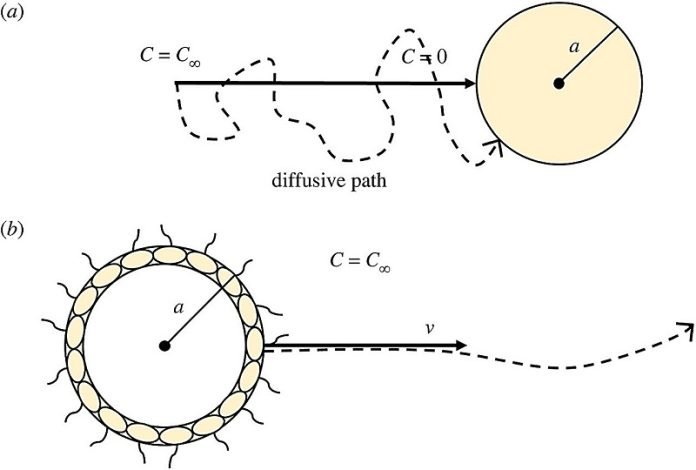
For a billion years, the Earth was dominated by single-celled organisms known as eukaryotes.
Then, around 700 million years ago, during a period called Snowball Earth—when glaciers may have extended all the way to the Equator—a new type of life form emerged: multicellular organisms.
Why did multicellular life suddenly appear?
Understanding this mystery could help us find life on other planets and explain the incredible diversity of life on Earth today, from sea sponges and redwood trees to humans.
Most scientists believe that multicellularity arose when oxygen levels on Earth reached a certain threshold, allowing single cells to come together and form colonies.
However, this explanation doesn’t fully account for why ancestors of animals, plants, and fungi all became multicellular around the same time or why this transition took over a billion years.
A new study published in Proceedings of the Royal Society B suggests that specific conditions during Snowball Earth—especially changes in ocean thickness (viscosity) and lack of resources—pushed eukaryotes to become multicellular.
“It seems almost counterintuitive that such harsh conditions, like a frozen planet, could actually encourage the development of larger, more complex organisms instead of causing species to go extinct or shrink in size,” says William Crockett, the study’s lead author and a Ph.D. student at MIT.
Using mathematical theories, the researchers found that an early ancestor of animals, similar to swimming algae that consume prey rather than photosynthesize, would have grown larger and more complex during Snowball Earth.
In contrast, single-celled organisms that move and feed by diffusion, like bacteria, would have become smaller.
“The world changed after Snowball Earth because a new form of life emerged,” says Christopher Kempes, a senior author of the study and a professor at the Santa Fe Institute.
“One of the big questions in evolution is how life on Earth evolved from simple forms to complex societies like ours. We think it’s not just luck; there are predictable patterns in these major transitions.”
The study explains how the icy oceans of Snowball Earth blocked sunlight, reducing photosynthesis and depleting the seas of nutrients. Larger organisms that could filter more water had a better chance of finding enough food to survive. Once the glaciers melted, these larger organisms could thrive and spread further.
The model used in the study builds on the latest paleontological research and contributions from co-authors Jack Shaw, a former postdoctoral fellow at the Santa Fe Institute, and Carl Simpson, a scientist at the University of Colorado, Boulder.
“Our study offers new ideas about what early multicellular organisms might have looked like, giving paleontologists clues to search for in the fossil record,” says Crockett.
The paper also introduces new tools for studying the physical effects on organism physiology, which will be valuable for future research.
“We provide a useful framework for understanding Earth’s history, modern ecology, and studying how organisms function in the lab,” says Kempes.
This study sheds light on a crucial moment in the history of life on Earth, showing how extreme conditions during Snowball Earth may have sparked the development of complex, multicellular organisms. By understanding these processes, we gain insight into the evolution of life and the potential for discovering life beyond our planet.
Source: Santa Fe Institute.



